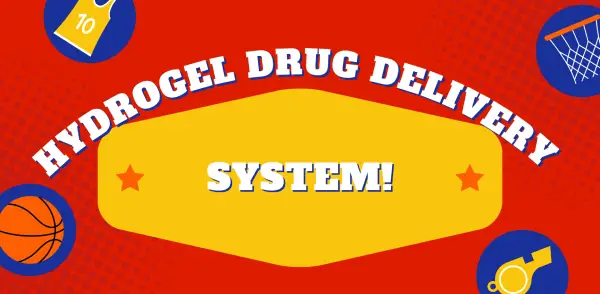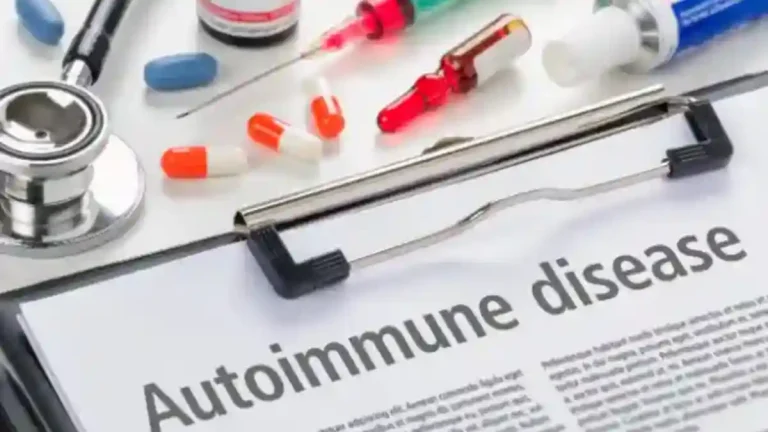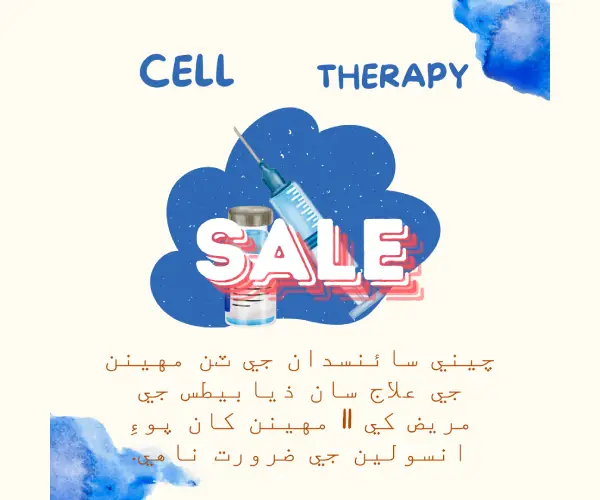Hydrogel Med System
Hydrogel Med System Once 4 Months
Stanford University, based in Stanford, California, has unveiled a groundbreaking hydrogel Drug delivery system set to redefine the approach to diabetes and weight control treatment.

This innovative Hydrogel Med System, developed by materials engineers, aims to replace the need for frequent injections with a more patient-friendly regimen—requiring only once every four months. Spearheading this advancement is Eric Appel, associate professor of materials science and engineering at Stanford.
Global Leadership: The United States leads the charge in pioneering this hydrogel Med System. Stanford University’s research team is at the forefront, showcasing the nation’s commitment to pushing the boundaries of medical innovation.
Cost Considerations: Within four months, you could save a significant amount of money on insulin syringes. While specific cost details are currently unspecified, it’s noteworthy that the introduction of cutting-edge medical technologies typically involves research and development costs. As the technology progresses, cost implications may become clearer, impacting the eventual accessibility and adoption of this transformative treatment.

This hydrogel Med System emerges as a beacon of progress, promising improved patient experiences in diabetes management and potentially setting the stage for broader applications in medical treatments.
The Challenge of Adherence:
One of the significant challenges in managing Type 2 diabetes has been patient adherence to drug regimens. Common medications, such as Ozempic, Mounjaro, Trulicity, and Victoza, operate by mimicking the hormone glucagon-like peptide 1 (GLP-1).
While these drugs have proven effective in helping individuals control their diets and weight, the burden of daily or weekly injections has been a significant hurdle for many patients. Eric Appel, associate professor of materials science and engineering at Stanford and the principal investigator on the hydrogel Med System, a project, emphasizes the importance of overcoming this obstacle: “Adherence is one of the biggest challenges in Type 2 diabetes management.”
The Hydrogel Solution:
The newly developed hydrogel Med System introduces a unique approach to drug administration. Unlike traditional hydrogels used in medical applications, this hydrogel is engineered with polymers and nanoparticles weakly bound to each other.
This allows the gel to maintain its structure while gradually dissipating over time. Described as a polymer-nanoparticle (PNP) hydrogel, it possesses fluid-like flow characteristics for easy injection using standard needles, yet it maintains a gel-like stability durable enough to last for the intended four-month period.
How It Works:
The hydrogel, once injected as a small depot under the skin in a convenient location such as under the arm, releases the GLP-1 drugs over an extended period. Eric Appel explains, “Our hydrogel melts away over many months like a sugar cube dissolving in water, molecule by molecule.” This slow release mechanism is crucial for providing a sustained therapeutic effect, minimizing the need for frequent injections.
Success in Animal Trials:
The research team conducted successful laboratory trials on rats, demonstrating that a single injection of the hydrogel Med System-based therapy improved the management of blood glucose and weight when compared to daily injections of a leading commercial drug. This early success has paved the way for further testing in pigs, whose physiological systems closely resemble those of humans.
Promising Future:
The potential impact of this hydrogel Med System extends beyond diabetes management. Eric Appel envisions broader applications, stating that the release timeframes can be tuned to anywhere from days to six months. The technology has been successfully used with other proteins, vaccines, and therapeutic cells, suggesting a promising future for a wide range of medical conditions.
Conclusion:
The development of this hydrogel drug delivery system marks a significant milestone in medical technology, offering hope for a more patient-friendly and effective approach to managing chronic conditions like Type 2 diabetes.
If future tests in pigs prove successful, human clinical trials may follow within the next two years. This innovative technology not only addresses the challenges of daily injections but also opens the door to a new era of sustained therapeutic treatments with the potential to improve the lives of millions worldwide.





